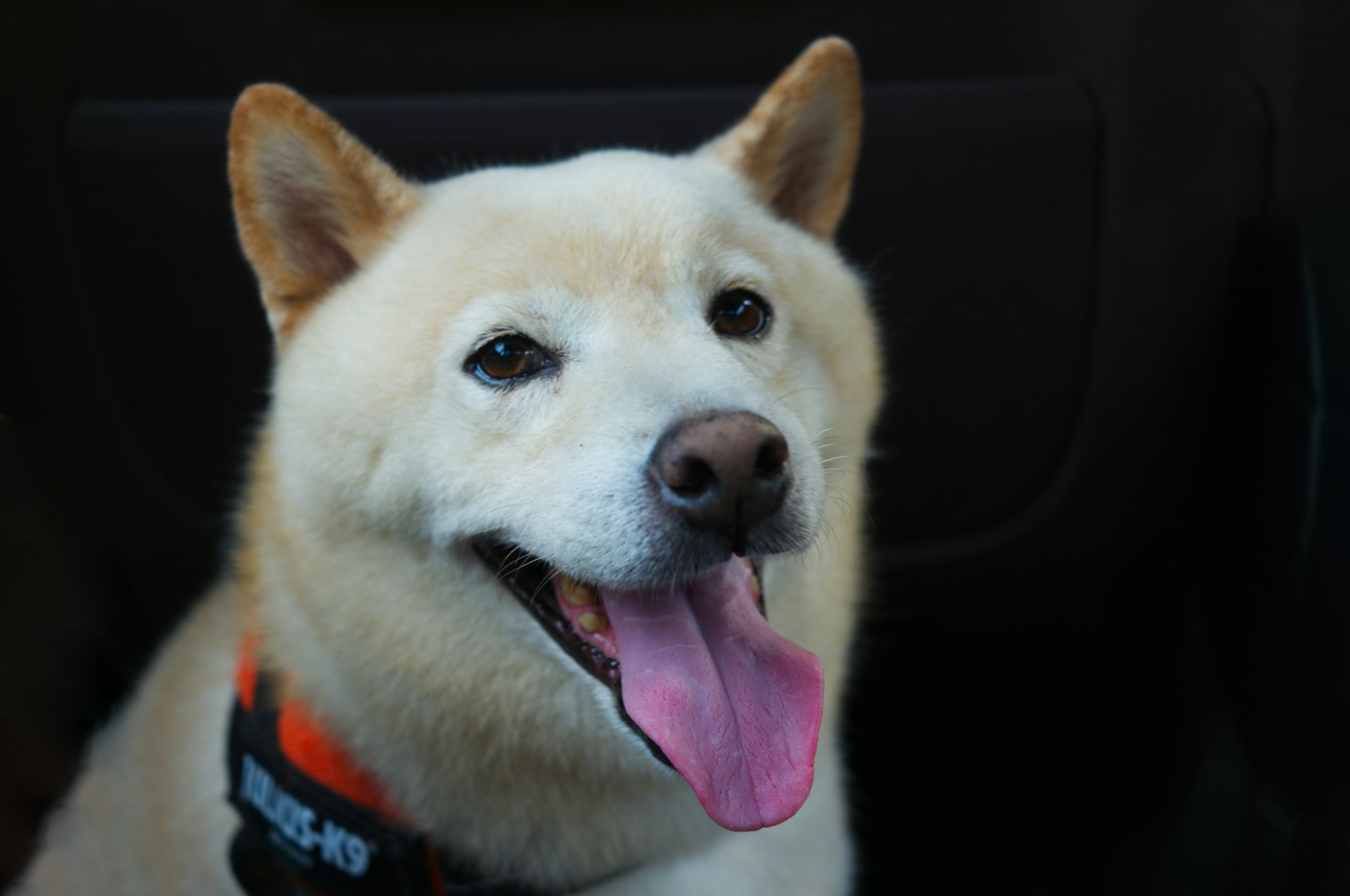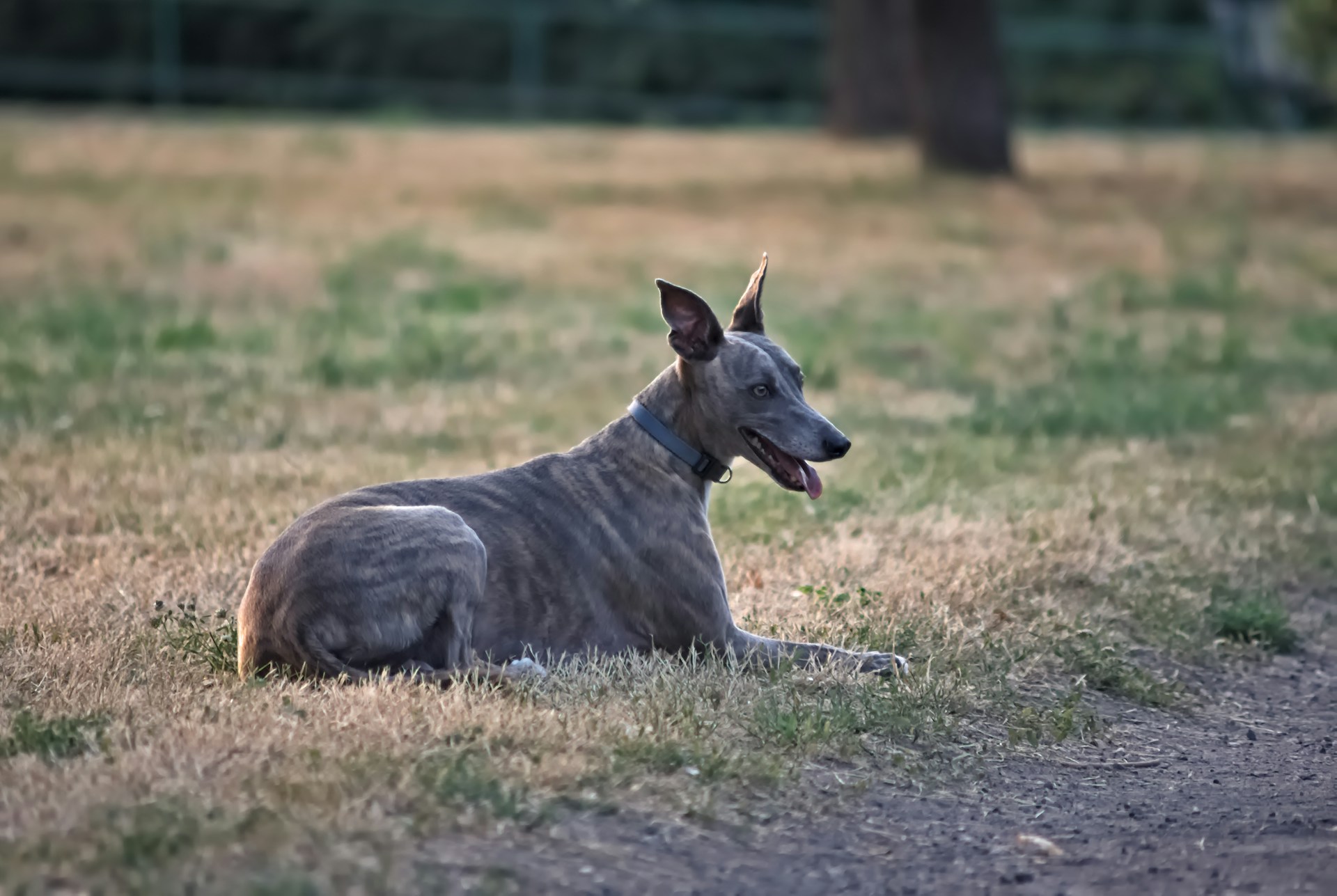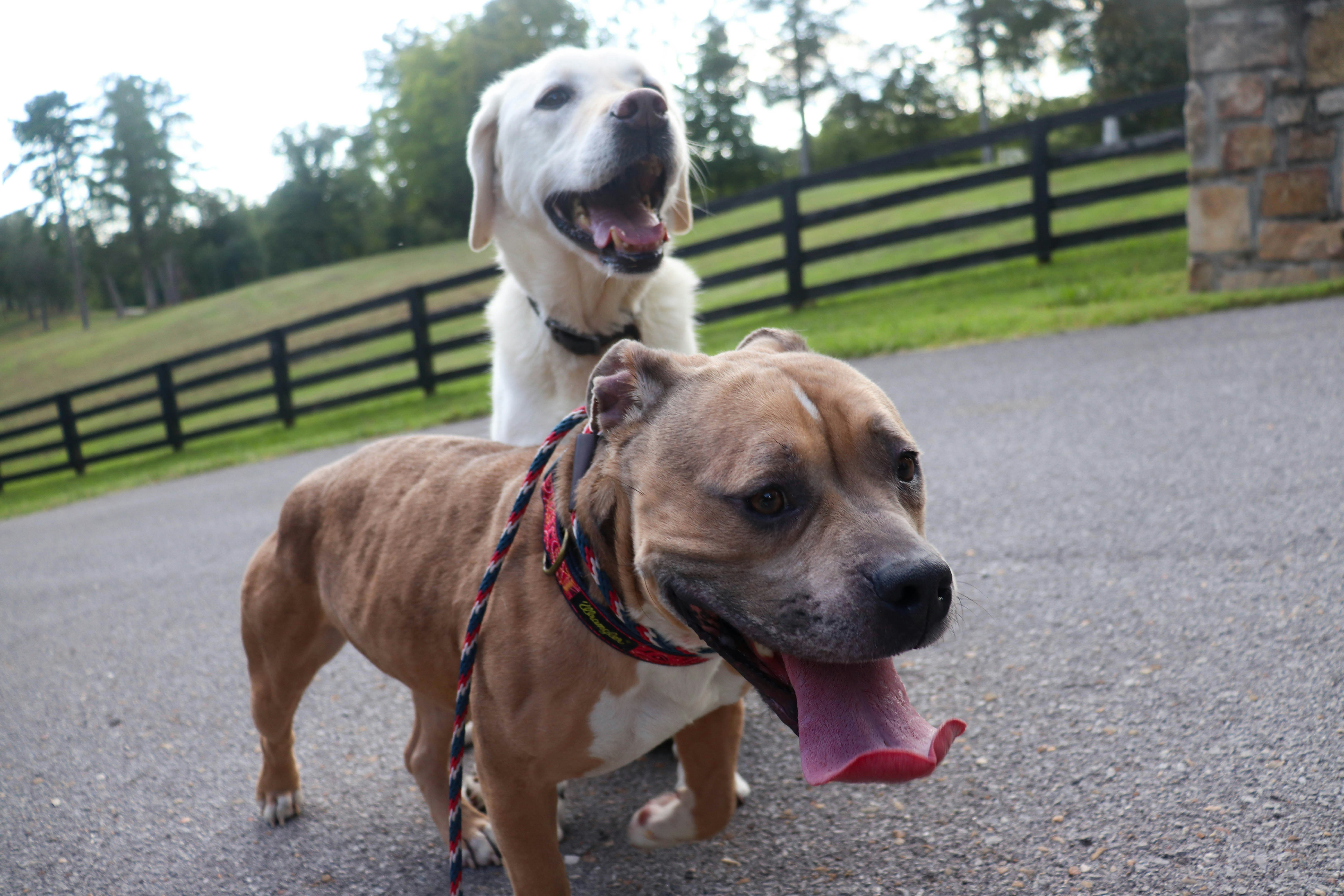We all understand the challenges of owning a reactive dog, whether it’s lunging on the lead, barking at strangers, or the anxiety that seems to bubble up out of nowhere.
However, we have some good news: with the right activities, you can help your anxious, reactive dog build confidence and lead a fuller, happier life.
I’ve experienced firsthand how unusual, low-pressure exercises can transform reactive dogs into more relaxed companions – my own pup included. As a fellow reactive dog owner, I wanted to explore nine creative ideas tailored for our reactive dogs, focusing on gentle, enriching experiences that avoid overwhelming triggers.
These activities draw on the natural beauty of the UK countryside and everyday items, while incorporating some extra recommendations to get you started.
Whether you’re searching for activities for reactive dogs or ways to support anxious reactive dogs in the UK, these tips are designed to promote calm and self-assurance.

1. Scent Work Adventures in the UK Countryside
One of the most underrated ways to build confidence in reactive dogs is through scent work.
A dog’s sense of smell is the most powerful sense of this species, with their olfactory system being far more complex and developed than that of humans. It’s actually believed that a dog’s sense of smell is up to 10 million times as sensitive as ours (for specialised breeds like bloodhounds).
So naturally, scent work is one of the best ways to activate our pups’ superpower!
Take your pup to quiet spots in the countryside with a long-line and front-clip harness in hand, and ideally, where there are minimal distractions, and let their nose lead the way. If you don’t have access to the countryside, a private dog field also works perfectly and usually costs about £10 per hour-long session.
Allowing a dog to run around and follow their nose will enable them to tap into their primal instincts without any social pressure, helping anxious dogs feel accomplished and reducing reactivity over time.
You can also use a scent work kit to make it more structured. If you're starting indoors, consider using toys like the Outward Hound Hide-A-Squirrel Puzzle Toy on Amazon, which is perfect for practising before heading outdoors.
You may also consider using a Scent Work Kit, which is perfect if you have an accessible outdoor space. We will sometimes take this kit to our local private dog field, and I’ll send my partner to set these up before we take both the dogs inside.
If you want to learn more about getting your dog started with scentwork, consider reading Scentwork: Step by Step, by Sara Seymour, who is an accomplished scentwork trainer, judge and trial manager for Scentwork UK.

2. Urban Parkour with Everyday Obstacles
You may feel a little silly doing this one, but it’s seriously a lot of fun, especially when our pups unleash their goofy side.
For reactive dogs, a modified version using urban elements like low benches or curbs in quiet UK parks can be a game-changer. Run around and guide your dog to step over logs, loop around trees, balance on stable surfaces, or weave around bollards at their own pace.
This builds physical confidence and proprioception (body awareness), which is especially helpful for anxious reactive dogs who startle easily.
Keep it safe and fun with a comfortable harness. If your dog benefits from muzzling during outings, check out options from The Muzzle Movement. Their force-free designs ensure comfort while allowing full participation.
.png)
3. Hydrotherapy Sessions in Local Pools
Hydrotherapy isn't your everyday walk in the park, making it an unusual yet effective activity for building confidence in reactive dogs.
In the UK, many canine hydrotherapy centres offer private sessions where your dog can swim or walk on underwater treadmills. The buoyancy reduces joint stress and boosts endorphins, helping reactive dogs lead a full life with less fear.
Most hydrotherapy centres also employ a Fear Free® approach. Fear Free® offers science-based, behaviour-led strategies and education to prevent and reduce fear, anxiety, and stress for pets. This is good to look out for, because Fear Free® businesses will also typically offer Victory Visits, which allow dogs to meet staff and explore their surroundings while receiving lots of treats and no treatments.
Search for "canine hydrotherapy near me UK" to find a spot.
To prepare at home, you can also try a Foldable Dog Pool for gentle water introductions.
4. Canine Massage and TTouch Techniques
Touch therapy might sound fancy, but it's a simple, unusual at-home activity that can calm the nervous system of reactive dogs (and all other species of animals).
The Tellington Method (TTouch) can help release tension and build trust. I’ve linked some examples of TTouch through their official website, with the three mentioned techniques being useful for injuries, the release of tension and spasms, and working areas around wounds.
I often employ a similar massage method for Jess’ hips and legs, which become stiff and sore in cooler weather. It’s perfect for older dogs, as well as young dogs who need a little bit more emphasis on calming down and “switching off” to the world.
You can make a massage more calming by using an essential oil diffuser that is safe for dogs. We like the Adaptil Calm Home Diffuser For Dogs, which releases a synthetic version of a natural pheromone released by dog mothers.

5. Puzzle Feeder Challenges with a Twist
This is a fun one that has actually become part of our normal feeding routine!
Elevate mealtime into a confidence-boosting game by using puzzle feeders that require problem-solving. For an unusual spin, create some DIY versions with plastic bowls, cardboard boxes, or muffin tins, and hide them around your house, kitchen, or garden.
This works great for UK homes with variable weather and mentally tires out anxious, reactive dogs, shifting their focus from food to something a bit more fun.
A great pick is the KONG Stuff-A-Ball, which we discuss in this blog post, or a Snuffle Mat. Both of these feeding aids help keep your pup engaged without overwhelming stimulation.
6. Flirt Pole Play in Secluded Spots
A flirt pole is basically a toy on a string, almost in the style of a fishing rod. Flirt poles offer controlled chase games that mimic hunting, building agility and confidence.
You could take your everyday walk and turn it into a training session with a flirt pole. Or, take one to an underused UK area like a coastal path for a different outdoor twist, ensuring no other dogs are around.
Flirt poles are perfect for reactive dogs as they help channel energy positively.
A popular option on Amazon is the ASOCEA Flirt Pole for Dogs.

7. Cooperative Care Training for Vet Visits
Teaching your dog to willingly participate in grooming or health checks is an unusual activity that pays off big for reactive dogs leading a full life.
Use positive reinforcement to desensitise them to handling, like paw touches or ear exams, in the comfort of your UK home.
A great way to approach this activity is if you have a friend with whom your reactive pup is comfortable. You can invite them over for a cup of tea, put a muzzle on your dog, and have everyone relax in the living room, while your friend touches your dog’s paws and ears. Just make sure you have lots of treats on hand!
8. Nosework with Household Scents
Turn your living room into a scent detection zone by hiding familiar items scented with safe herbs like lavender. This indoor, unusual activity is great for rainy UK days and helps anxious reactive dogs build focus and self-esteem without leaving home.
Snuffle Mats are a fantastic tool for indoor nosework activities, and are a necessity in our household over the cold and wet winter period.

9. Quiet Hiking on Lesser-Known Trails
Explore off-the-beaten-path UK trails for low-key hikes tailored to reactive dogs. The unusual element? Incorporate pauses for grounding exercises like "sit and watch" the world go by, fostering calm observation.
Ensure safety with a well-fitted muzzle if needed and plan your hike using helpful apps like AllTrails. If you have a high-threshold reactive dog that can be in more crowded spaces, you could also finish the hike off with a drink at the pub!
.png)
Building confidence in your reactive dog takes time, but these activities can make a world of difference, helping them enjoy a full life for reactive dogs in the UK.
Start small, celebrate wins, and watch their tail wag with newfound assurance.
If you've tried any of these or have your own tips for activities for reactive dogs, please feel free to send me a message here or on Instagram and share with me!
-
Some links on TheBarkBlog are affiliate links. That means if you click on them and make a purchase, I might earn a little commission (at no extra cost to you!). Think of it as buying me a virtual coffee. I only recommend things I genuinely love and think you'll enjoy too. Thanks for your support and happy browsing!



